At the far end of Nakskov Fjord on Lolland sits the 7,5 km long headland of Albuen. It separates the Langeland Strait from the fjord, and its low grassy dunes along the extensive beaches provide shelter for thousands of migratory birds. Albuen is a special nature reserve which has been influenced by six hundred years of human activity, remains of which can still be seen dotted across the landscape.
I’d been waiting for the perfect day to go there ever since moving to Lolland in November last year. My last chance to go there was March 15th as access to the eastern end of Albuen is prohibited between then and July 15th to give the birds a chance to breed in peace. I made it there with one day to spare, on a sunny Sunday, after a failed attempt the weekend before where I’d accidentally taken the train the opposite direction to Sakskøbing instead!
I caught the train in the morning, this time in the right direction to the largest town on Lolland, Nakskov, where my journey started. There are no busses to Albuen, so I had to bike the 15 km from Nakskov to the beginning of the 4 km long isthmus that connects Albuen with the rest of Lolland.
Nakskov doesn’t have the best reputation in the world, so I was surprised to discover a beautiful town full of atmospheric, old townhouses. It’s definitely a town I want to return to to explore further later this spring!
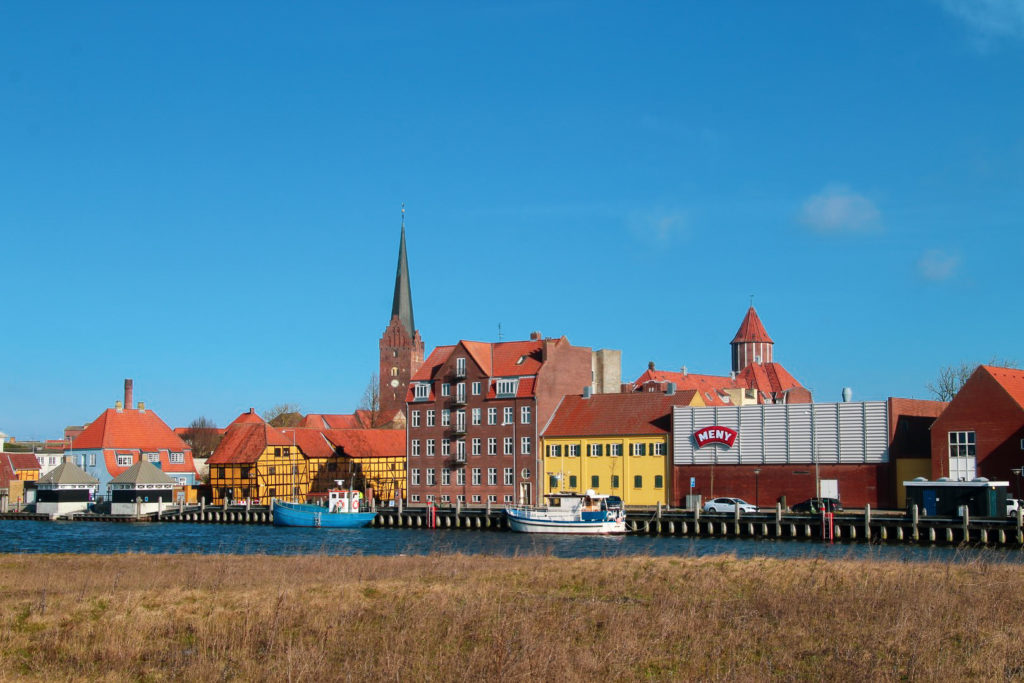
I left Nakskov behind shortly after arriving and set off on the 15 km bike ride to Albuen. The first part was fine as the houses sheltered me from the wind, but as soon as I hit the countryside, the wind smacked me unexpectedly.
For the next two hours, I fought my way ahead along the country roads with the strongest headwind I can remember experiencing. I had to stop every few minutes to catch my breath and ended up spending over double the amount of time on the route than it should take…
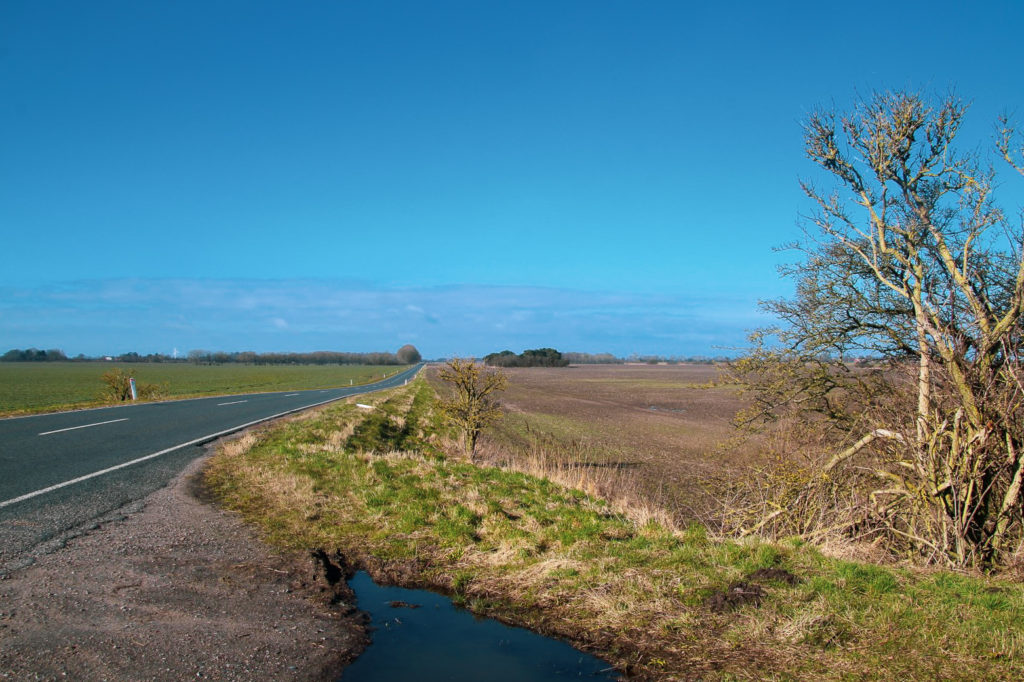
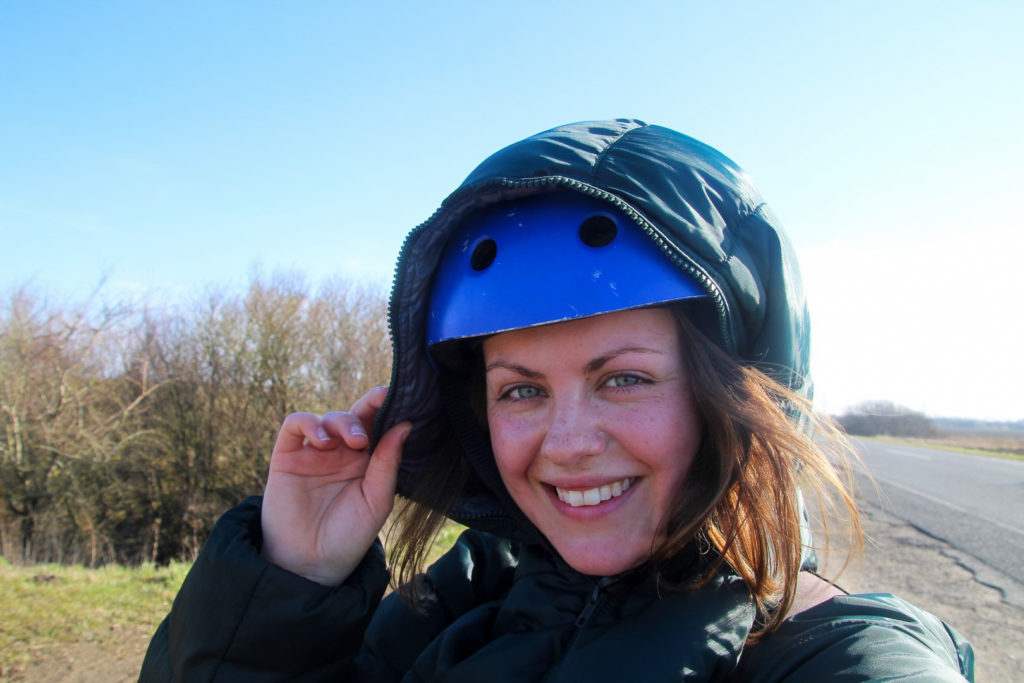
But finally, after two gruelling hours, I arrived at the beach that the isthmus extends out from. Several kitesurfers were out enjoying the wonderful spring weather, as were several hikers that joined me on the 4 km walk along the narrow isthmus. Although there is actually a dirt track all the way along the isthmus, only locals that own a house on Albuen are allowed to drive there. Everyone else have to travel by foot, bike or boat!
With the dreamy tunes of Owl City in my ears, I trotted along, watching as the few houses on Albuen came into view. The tide was low, so I didn’t have to worry about getting wet feet, but apparently, the isthmus can get flooded. In 1995, a storm split it in two, making Albuen an island for a few hours.
Towards the end of the isthmus, I reached the first building on Albuen, a small black house, Vogterhuset, where the local shepherd used to spend his summers while his cows grazed.
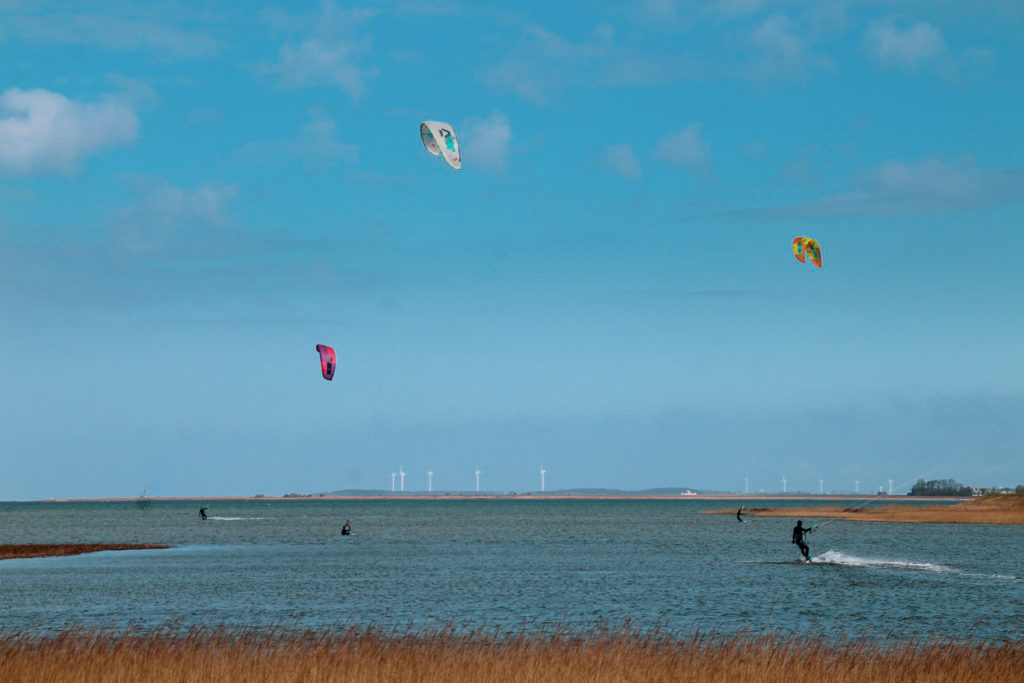
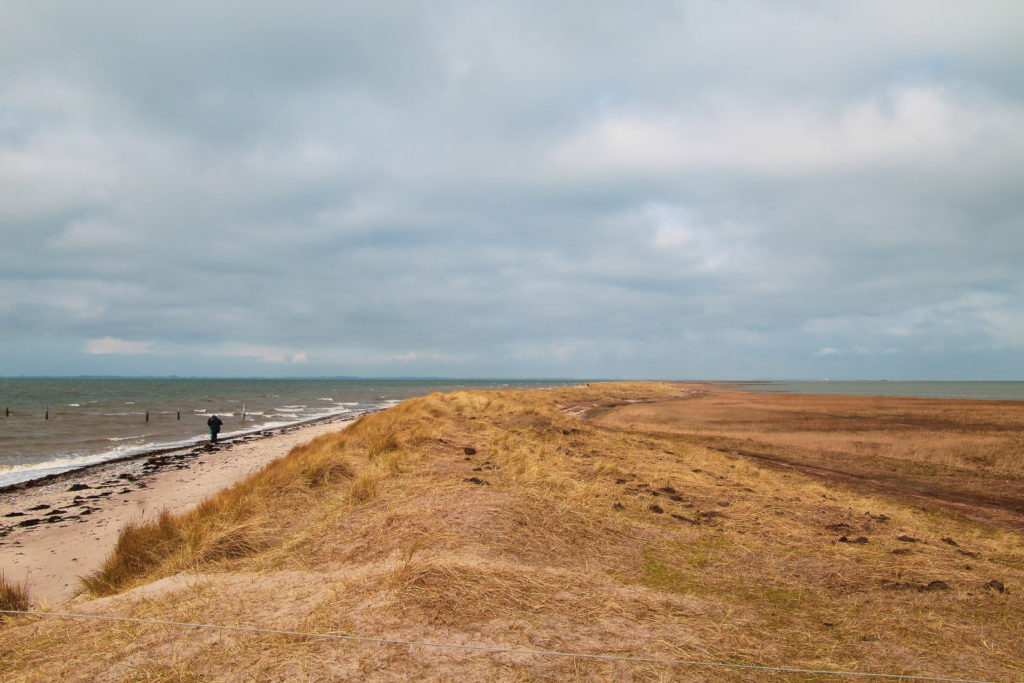

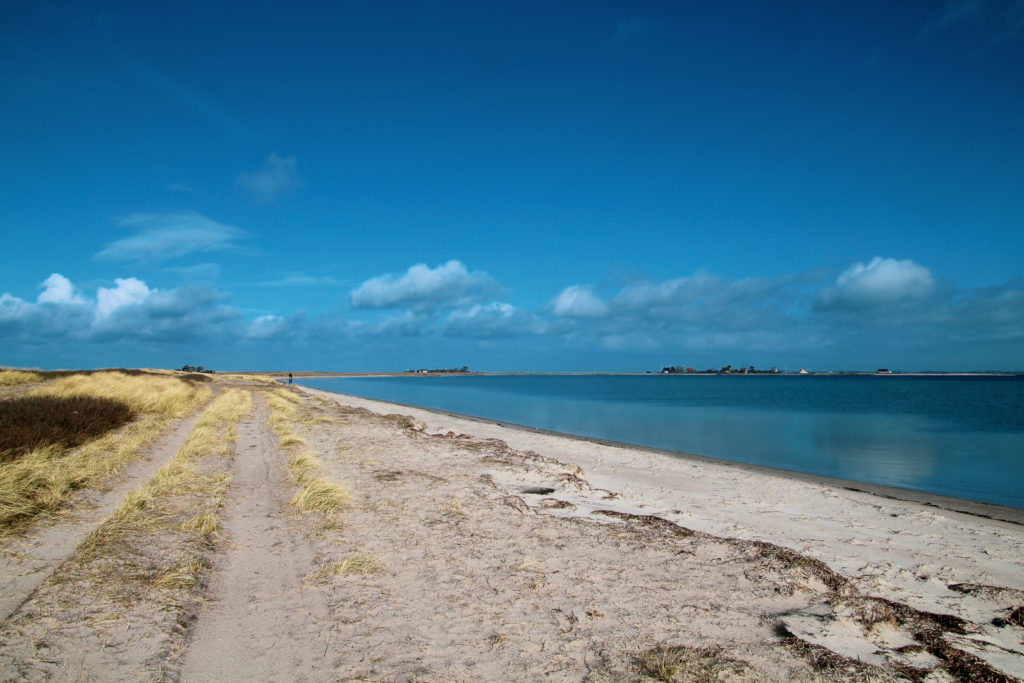
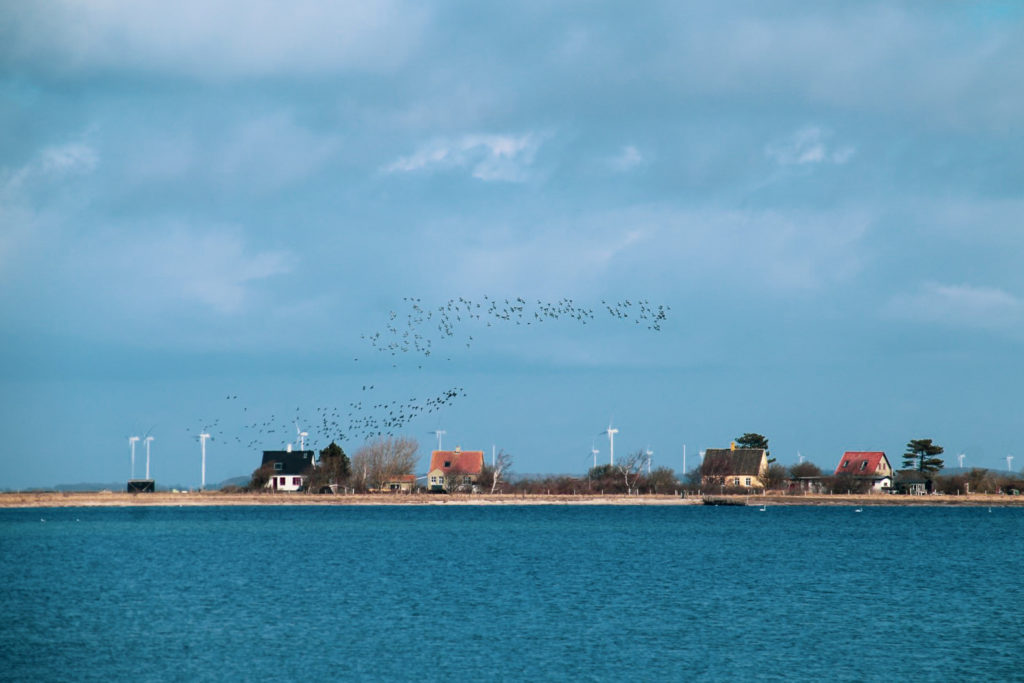
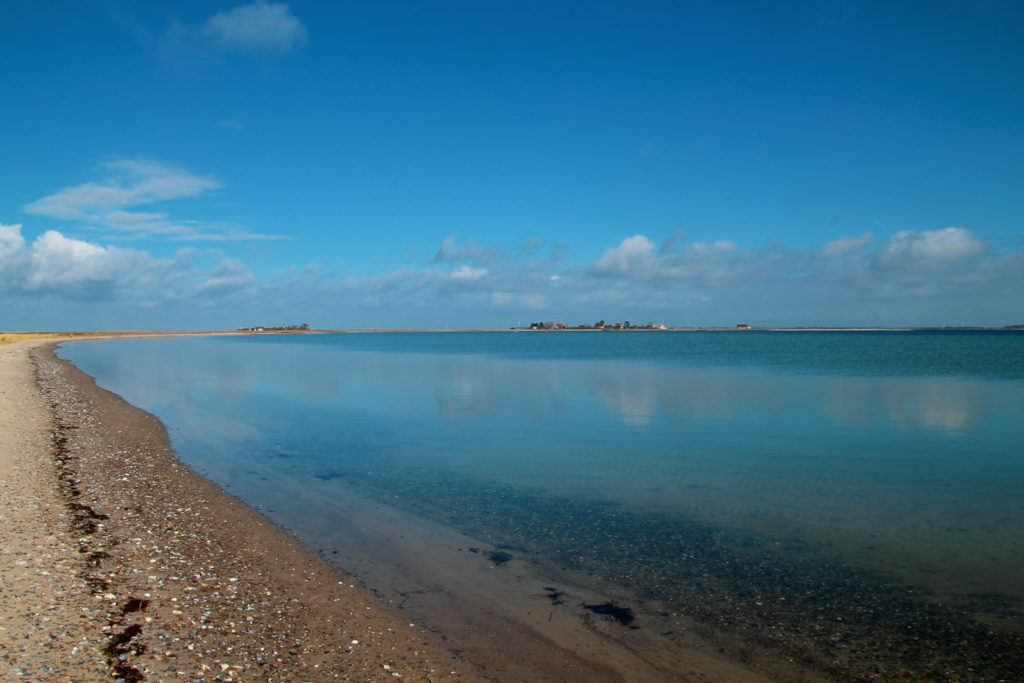
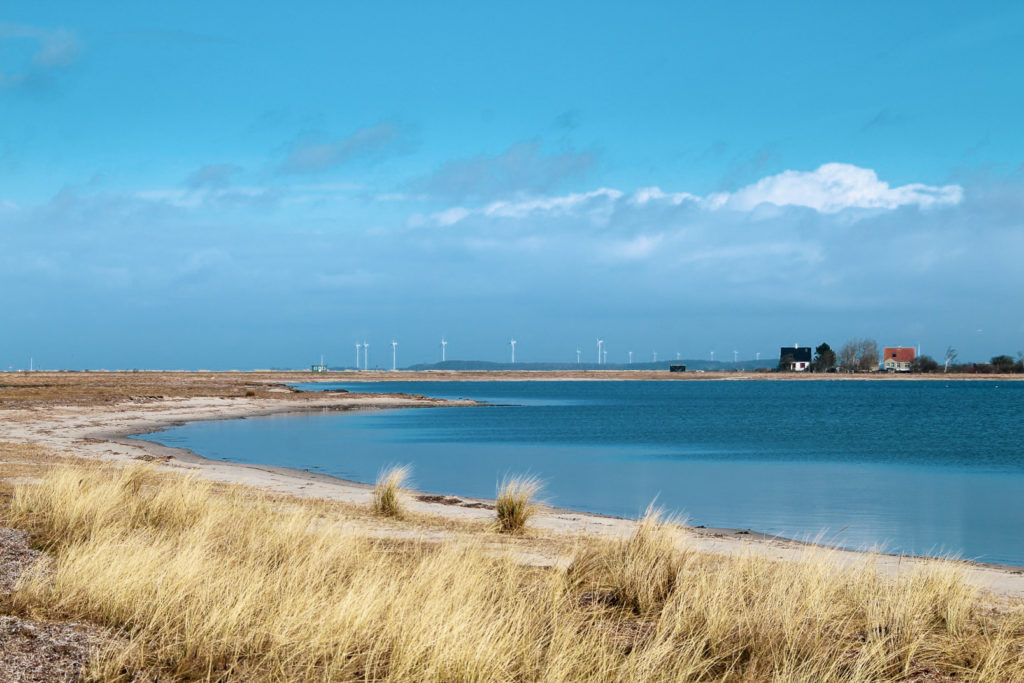
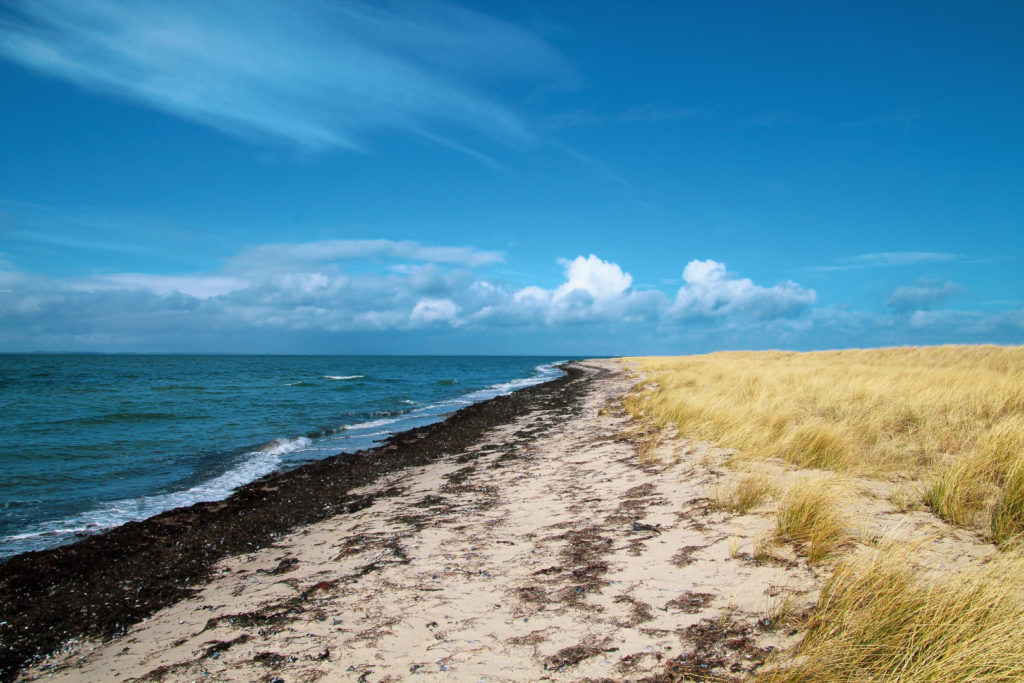
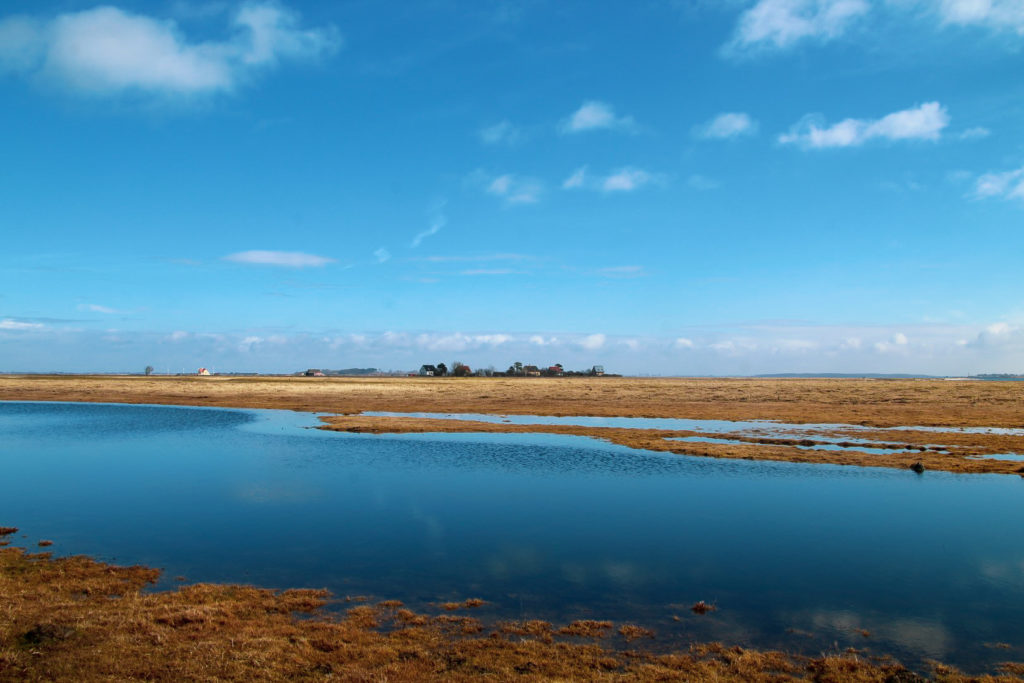
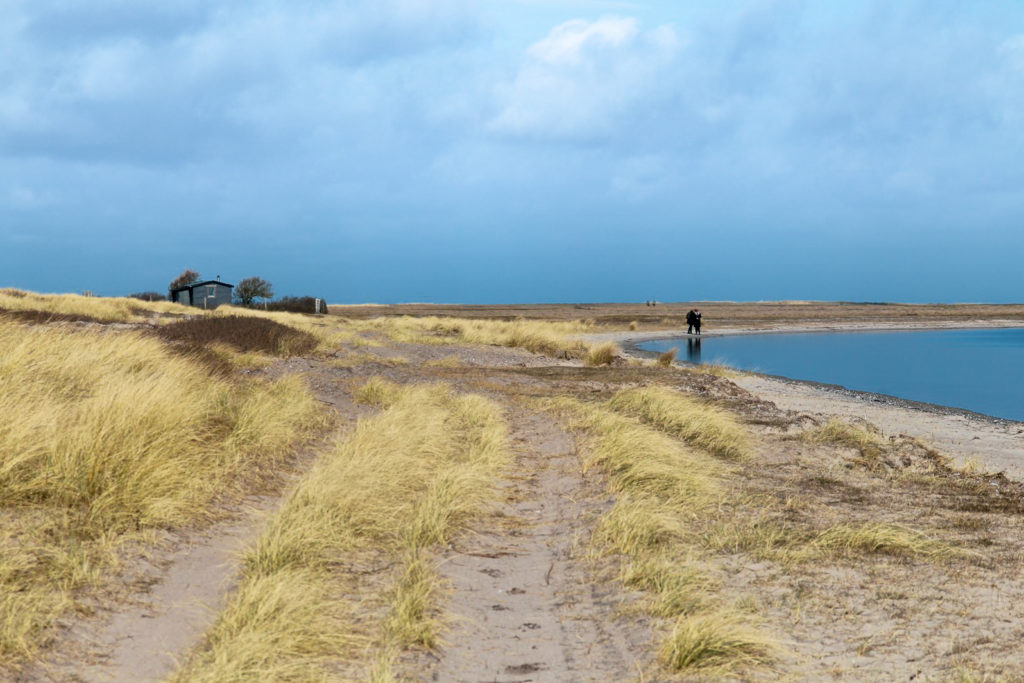
I continued along the track all the way out to the lighthouse, which was built in 1958 to replace an old lighthouse from 1896 following coastal erosion. Next to the lighthouse is the old pilot station that served as the headquarters for maritime pilots that helped maneuver ships through the waters surrounding Albuen. Today, it’s used as a museum and nature centre, but unfortunately, it was closed when I was there.
Also near the lighthouse sits a small red building which was used as a school for the local children for eight years between 1939 and 1947. In the end, there were only four children left in the school, which resulted in its closure, and the children were sailed to the village of Langø to attend school. Today, the old school building is used as self-catering accommodation that can be booked year-round!
It was already midday and I was starting to get hungry, so I sat down on an old concrete foundation which I believe could be the foundation for the old lighthouse. The sun warmed my cheeks as I consumed my lunch and listened to the cormorants sitting on wooden poles in the ocean.
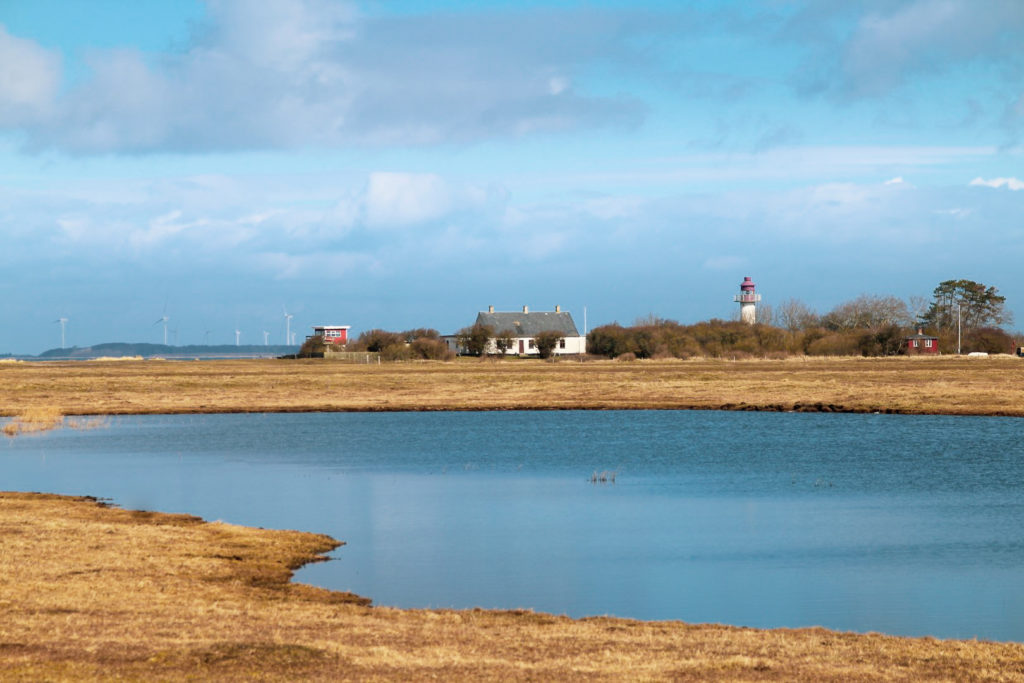
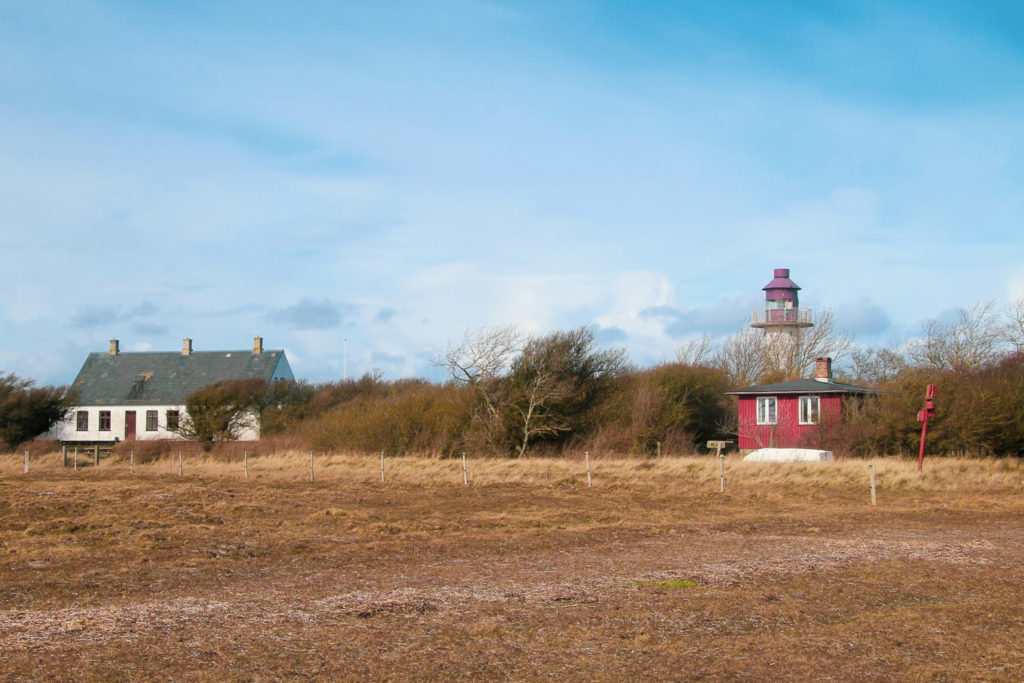
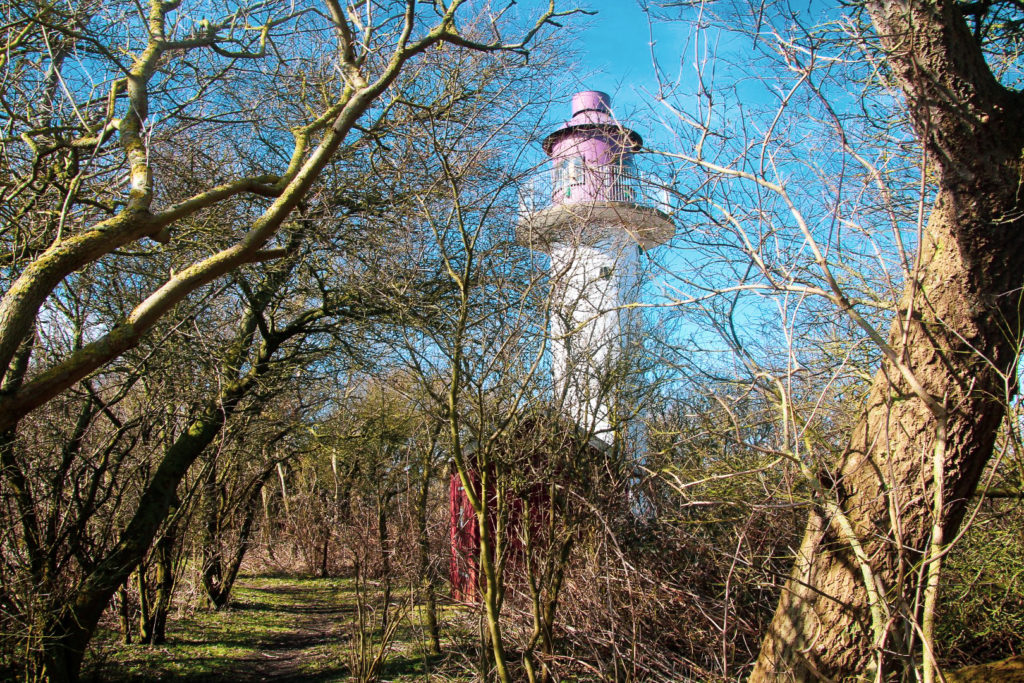
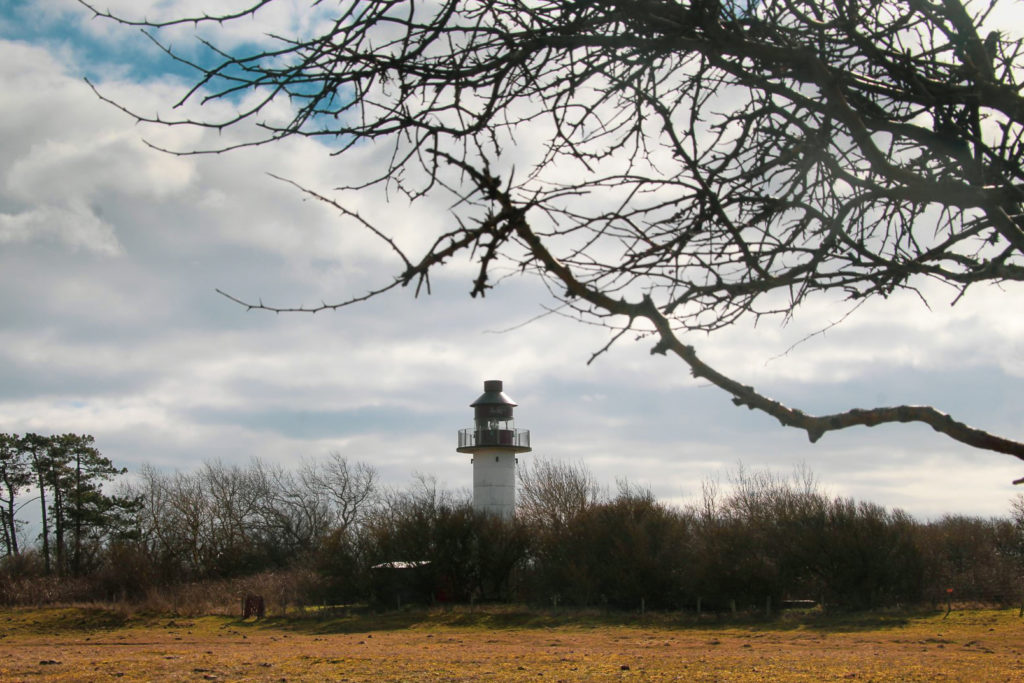
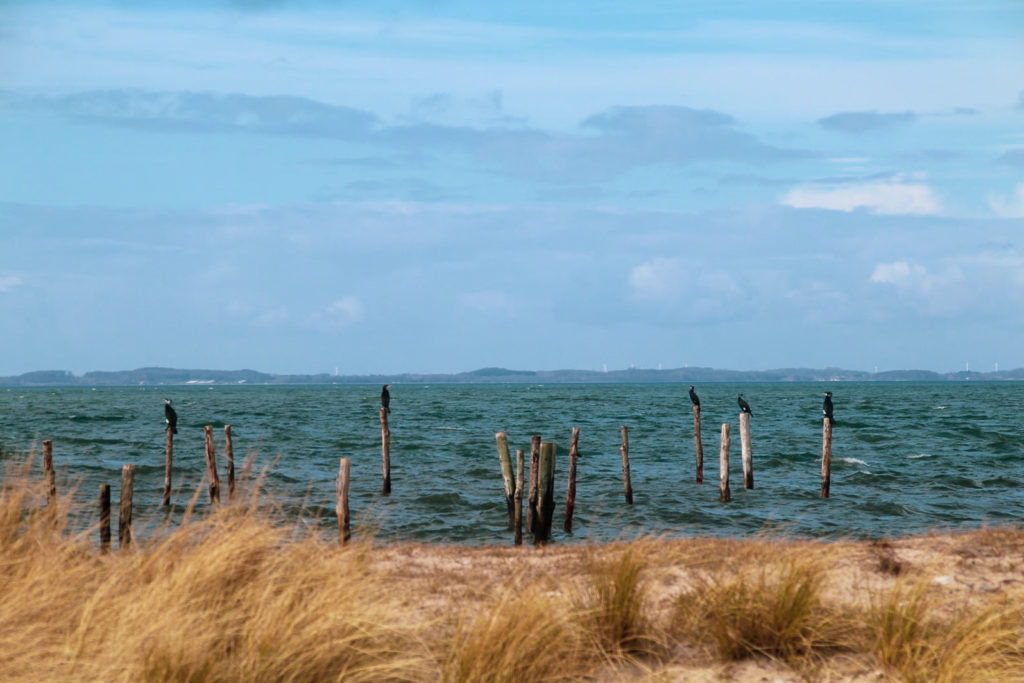
I started to feel cold after a while, so it was time to get moving again. I continued along the dirt track, all the way out to the end of it where two summer houses stand in solitude.
I entered through a gate and continued along a small footpath through the nature reserve which would be off-limits from the following day. Flocks of birds flew above me as I made my way out to the edge of Albuen where the rough sea meets the calm waters of Nakskov Fjord.
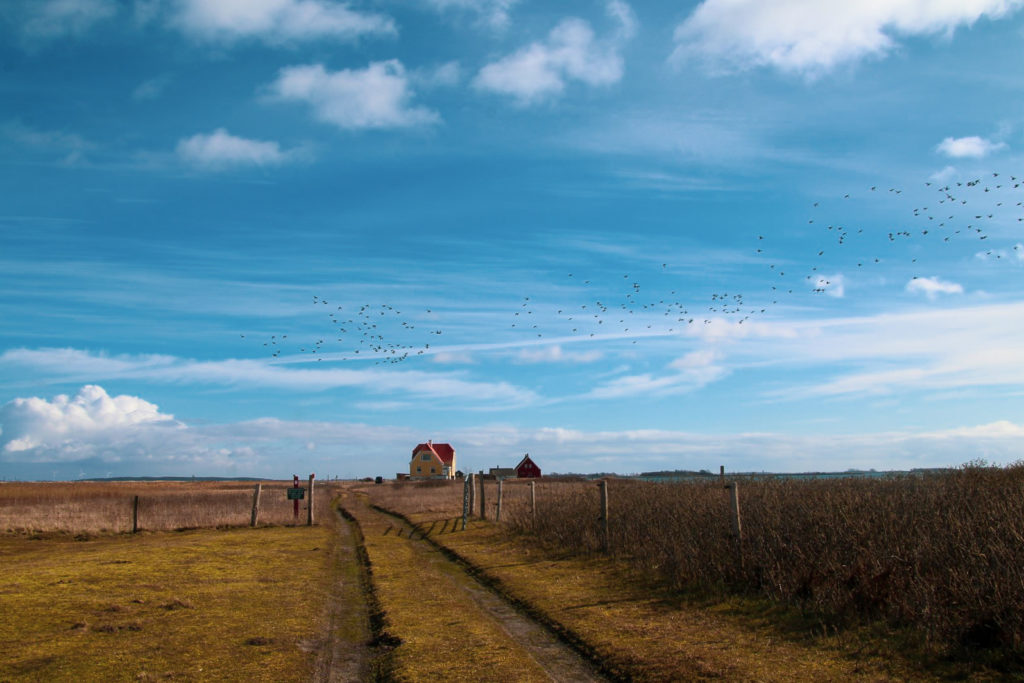
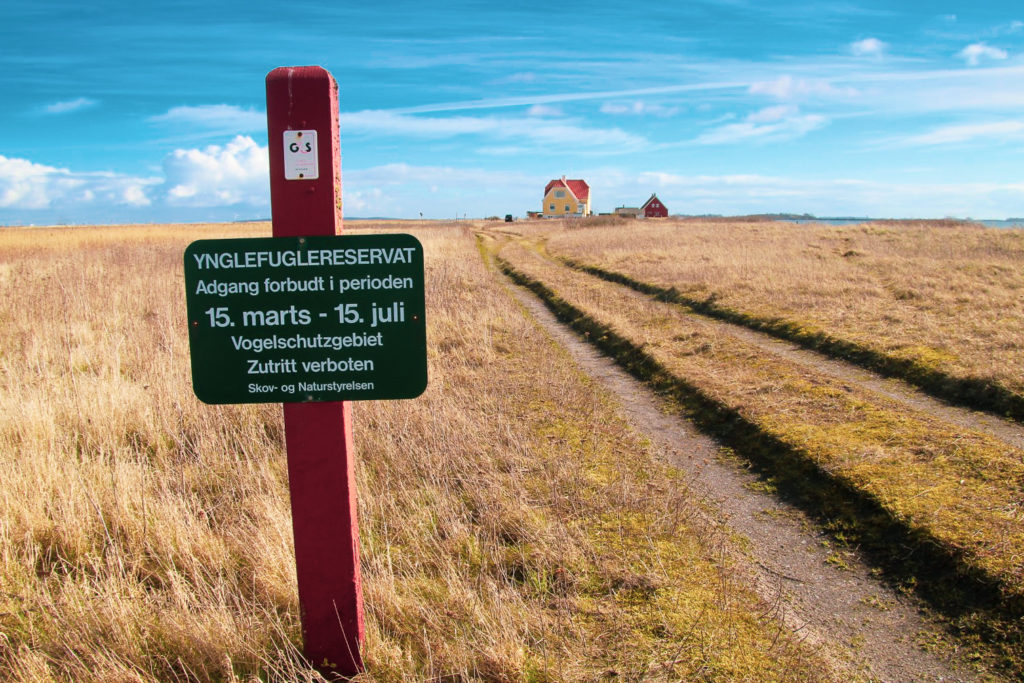

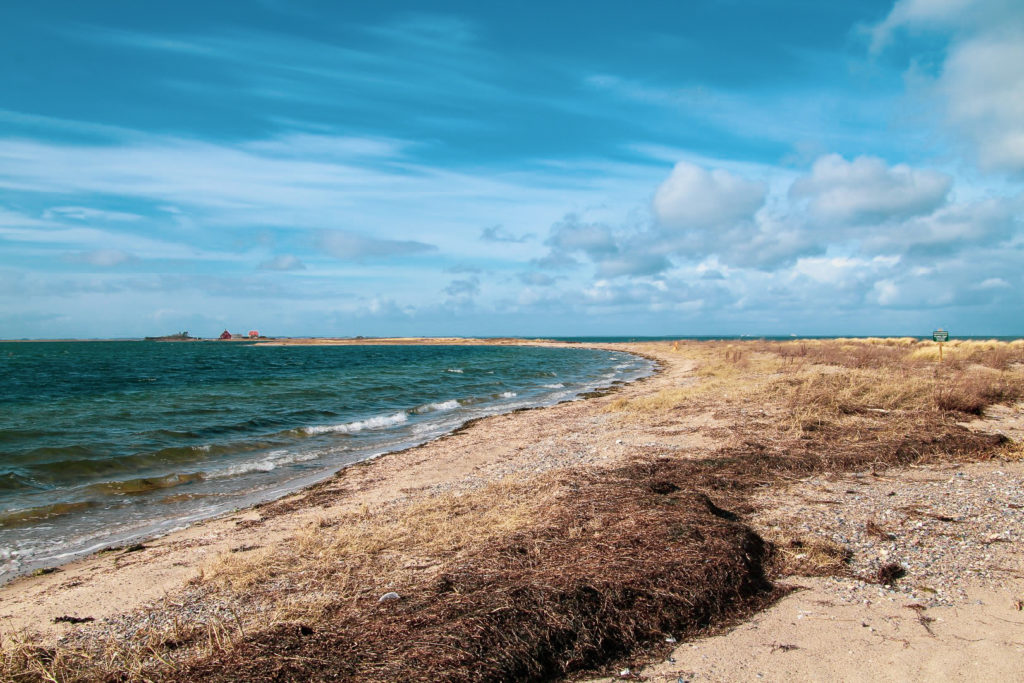
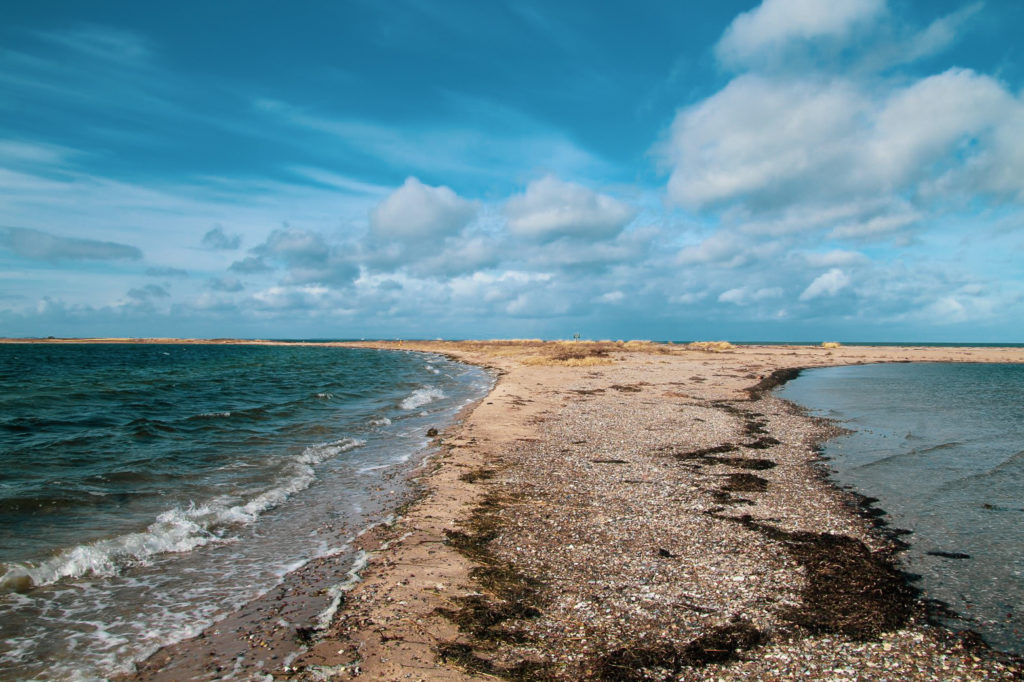
Back at the houses again, I left the dirt track behind and walked along the shore to Nakkehuse, an abandoned village with four houses.
I came by an area which used to hold a large Late Medieval herring market. During the fishing season, the fishermen and their wives lived in small mud-brick terraced houses. Around 100 market stall plots as well as several house plots are still visible in the landscape, although they can be difficult to spot for the untrained eye.
Albuen was once a thriving community, as difficult as that is to imagine given how isolated the place is. The few houses left standing in Nakkehuse bear witness to a time when many people moved to Albuen. It was a successful and important fishing harbour until well into the 20th century. The last fisherman died in 2002, and the last permanent resident moved from Albuen shortly after. Today, the houses are used as summer houses.

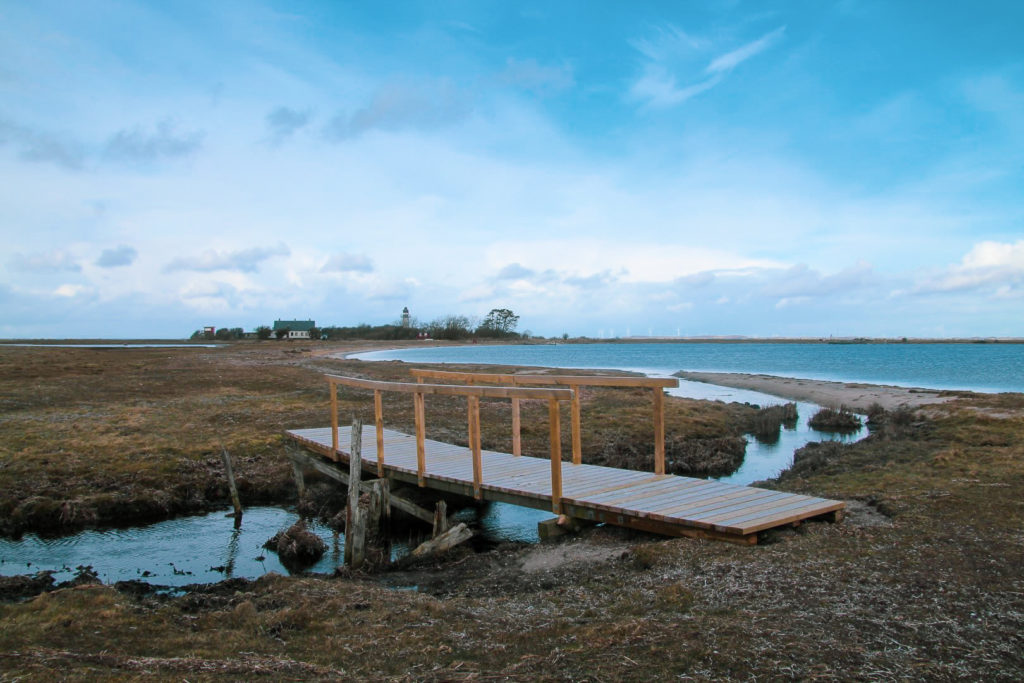
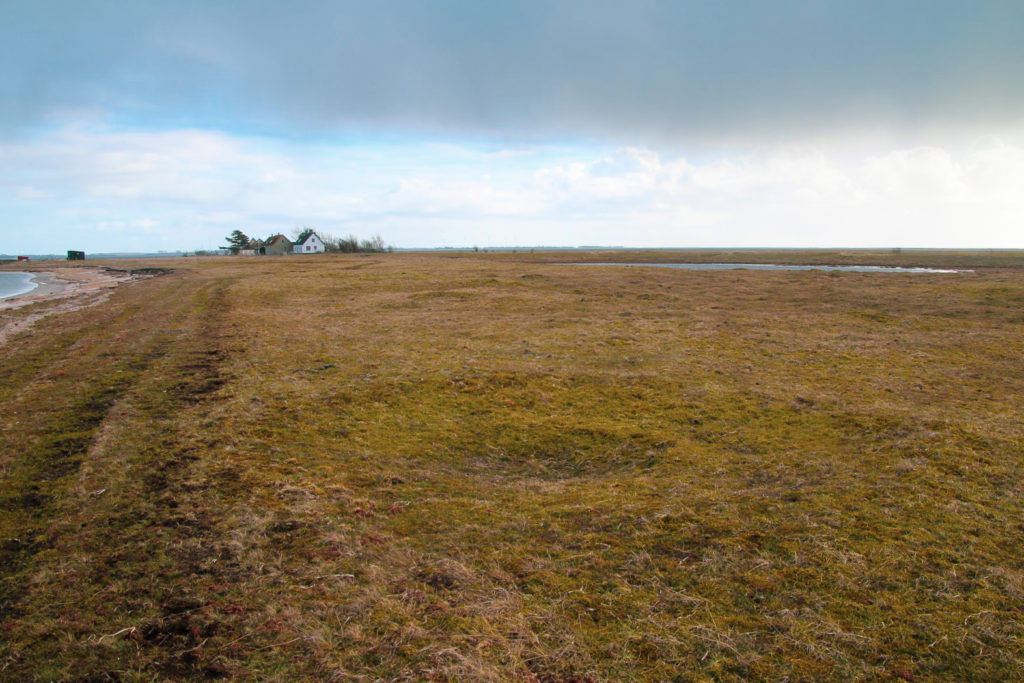

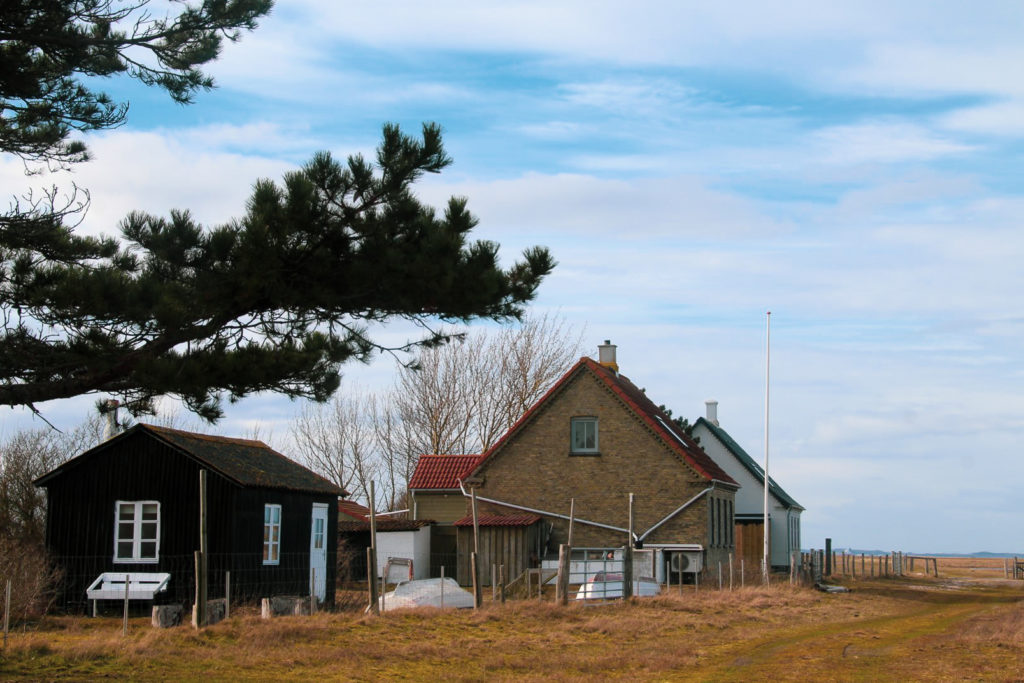
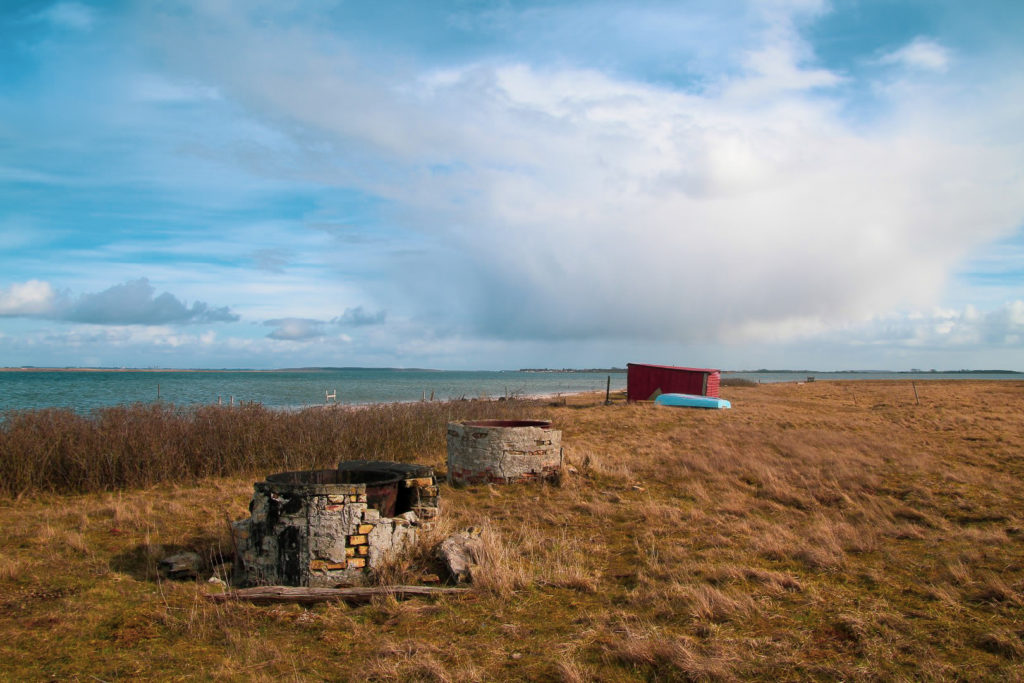
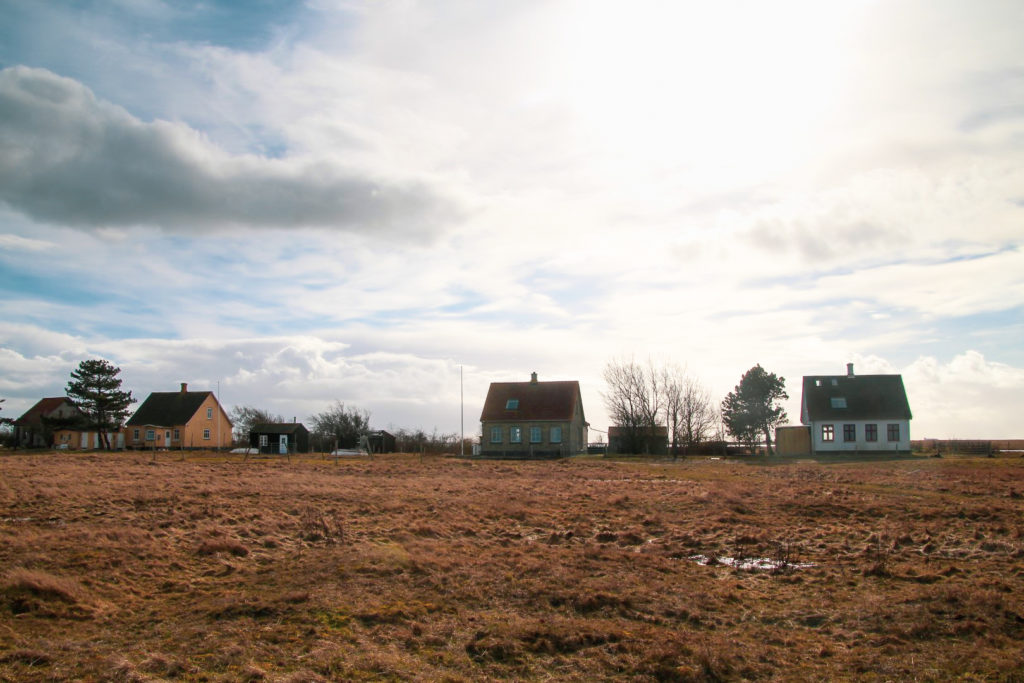
There was one last place I wanted to see on Albuen before making my way back along the isthmus to the bike. In 1960, a wooden cross was erected on the spot where a chapel once stood. A churchyard laid west of the chapel on a slightly elevated spot in the landscape. It’s believed that the chapel was dismantled in 1450 after the churchwarden pawned the chapel bell.
Several trails from all directions lead over the watermeadow to the cross, which I can imagine is used as a meeting point for summer events. Maybe summer solstice is even celebrated at this spot.
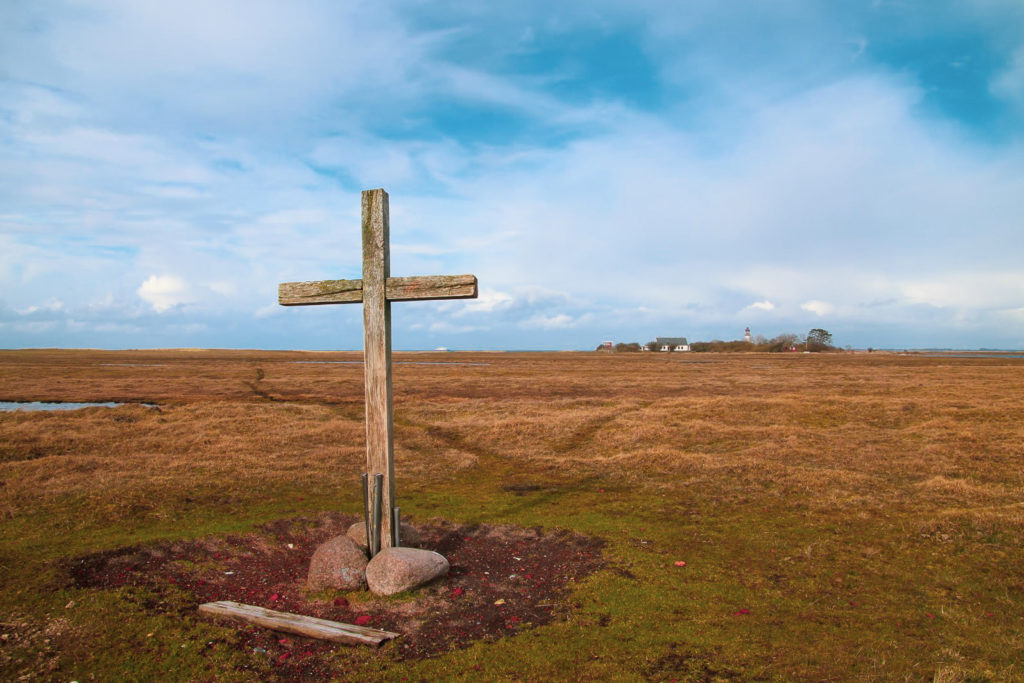
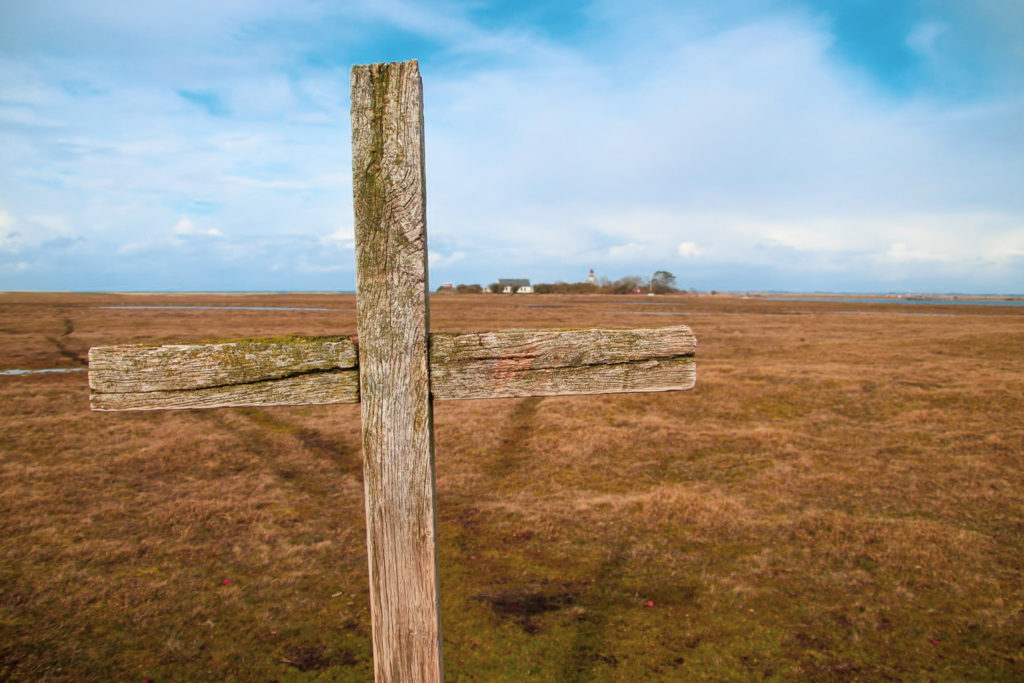

Satisfied after five hours on Albuen where I’d seen just about everything the headland has to offer, I made my way back to the mainland. I met several locals in their land rovers driving back to the mainland as I walked along the isthmus. Looking back, the few houses on Albuen disappeared in the horizon and soon after, I was back at my bike.
Thankfully, the bike ride back to Nakskov was a breeze as the wind was behind me. I basically sailed back and made it just in time for the 5 PM train back to southern Lolland.
Hiking to the edge of Albuen and back
The hike begins at the parking lot at Albuen Beach. Follow the dirt track out onto the isthmus and continue along it. After four kilometres, you’ll reach the tiny black house, Vogterhuset. Continue straight ahead, and keep left at the crossroad. Two kilometres further along, you’ll reach the lighthouse, the old school and the old pilot station.
Follow the dirt track around to the two summer houses beyond the lighthouse. Then enter a gate and follow a footpath out to the very edge of Albuen. Head back the same way and leave the dirt track just before you get to the lighthouse. Follow the footpath along the coast instead and you’ll soon spot the remains of the Medieval herring market. When you get to the houses of Nakkehuse, join the dirt track and follow it to the end, then return and follow it into the middle of the watermeadow. At one point, you’ll see a footpath to the wooden cross. Follow it to the cross and come back the same way, and then continue along the dirt track. Follow it all the way back along the isthmus to the parking lot.
The hike is 11 km, takes 4-5 hours including breaks and is easy with hardly any elevation gain.
PLEASE NOTE:
- At high tide, the isthmus may be flooded, so make sure to check the tidal times before you leave for the hike!
- Access to the eastern end of Albuen is prohibited between March 15th and July 15th due to breeding season. It’s still possible to visit the lighthouse, the old school, the Medieval herring market, Nakkehuse and the cross during this period.
Leave a Comment
Pingback: My travel year of 2021 – I Live as I Dream on 28/03/2021
Pingback: My favourite new destinations of 2021 – I Live as I Dream on 28/03/2021
Pingback: A weekend on Nakskov Fjord: Camping, sailing and hiking on the edge of Lolland – Northtrotter on 28/03/2021

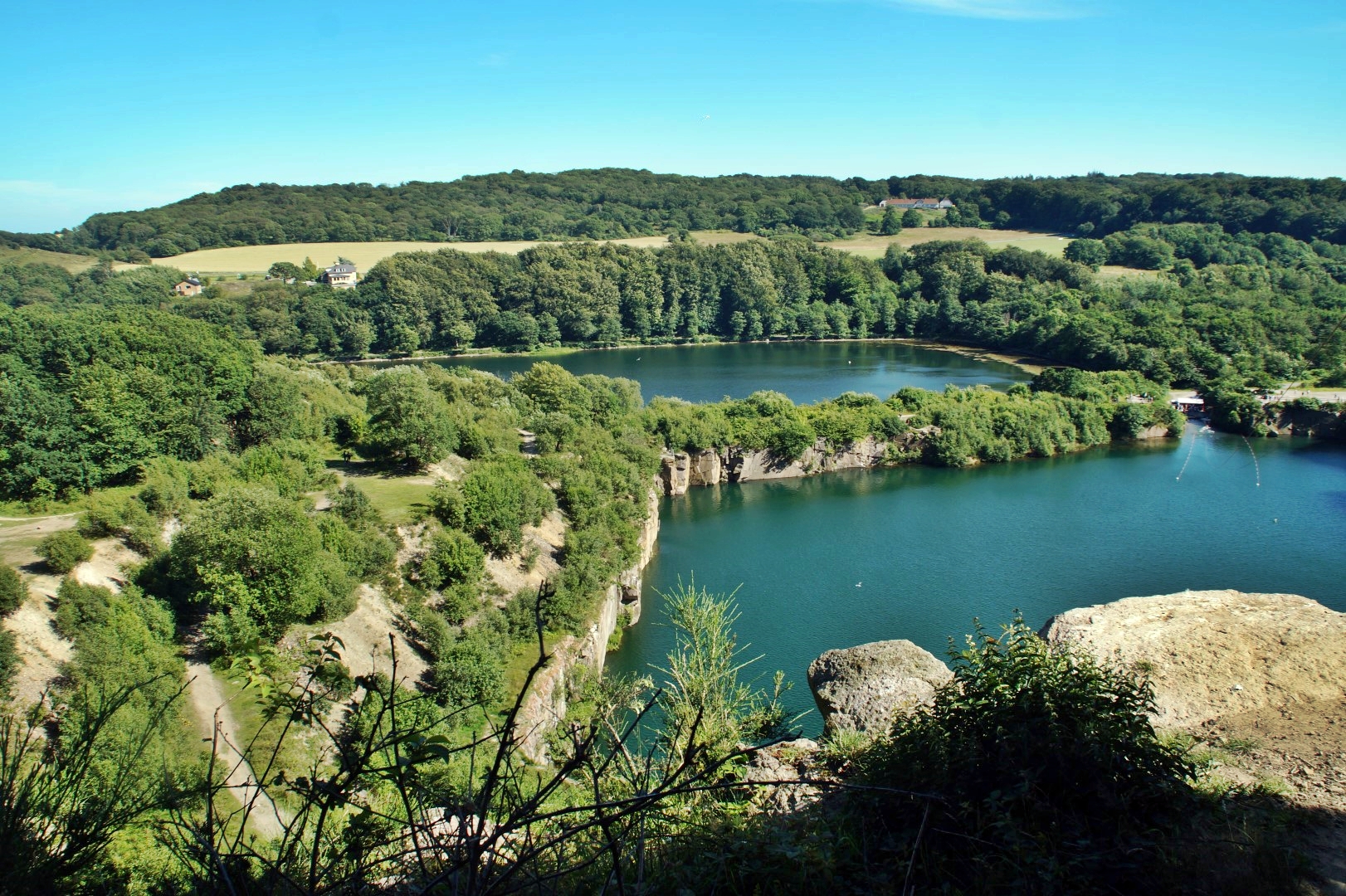
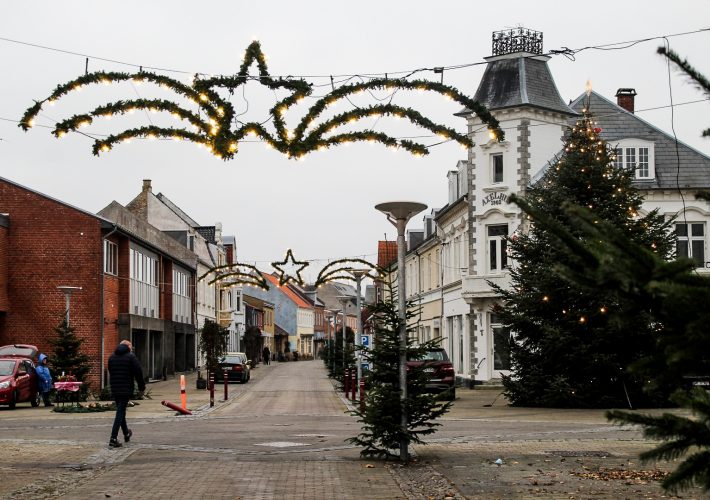


3 COMMENTS